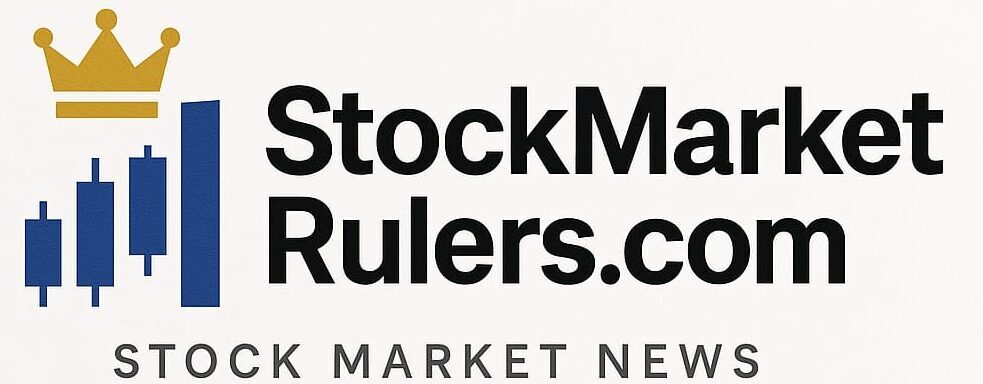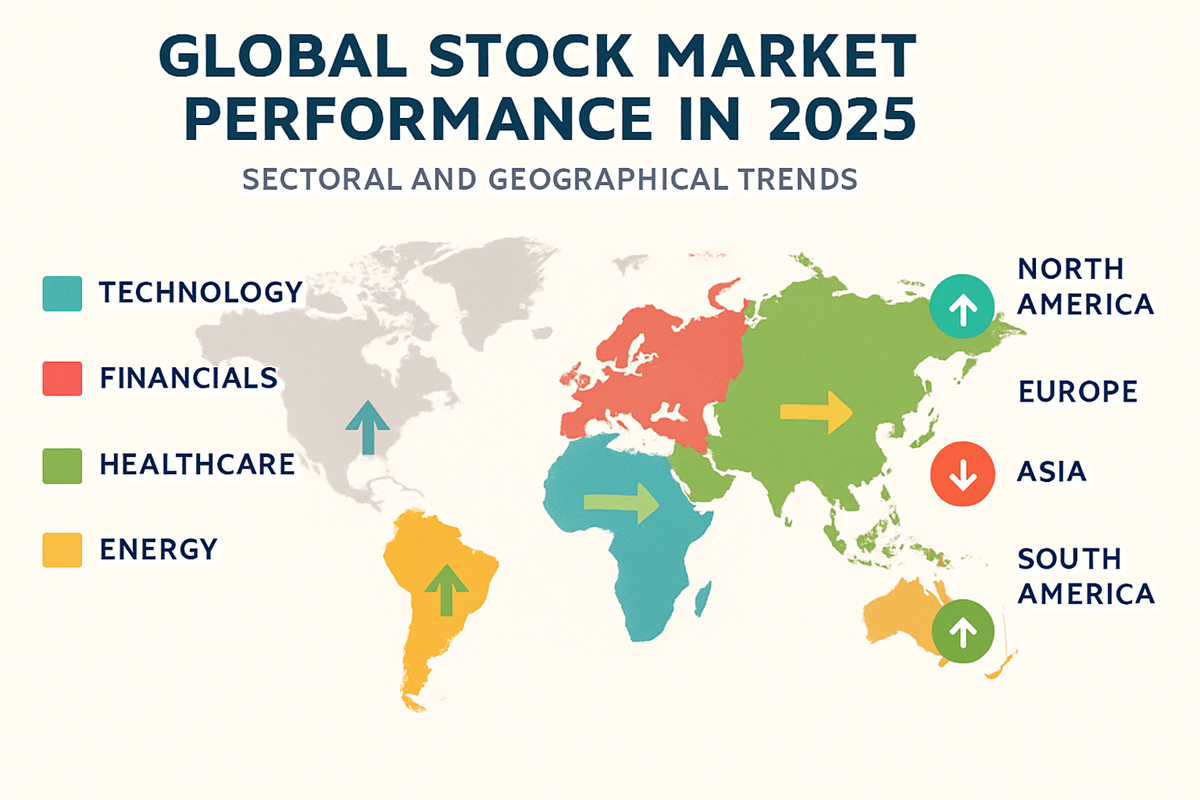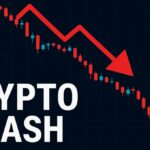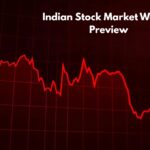Introduction
The financial world in 2025 is a complex blend of resilience, innovation, and unpredictability. Inflationary pressures, shifting central bank policies, and geopolitical undercurrents are reshaping how economies function and how investors navigate the markets. While some sectors are riding high on optimism, others are bracing for volatility. From the rapid evolution of digital finance to the recalibration of investment strategies, this is a year where adaptability is the ultimate currency. In this analysis, we explore the trends, risks, and strategic shifts defining the global financial landscape today.
Market Pulse: The 2025 Investment Climate
August 2025 has painted an intriguing picture for global markets—an interplay of record highs and cautionary signals.
The S&P 500 has surged 8.6% year-to-date (YTD), driven largely by powerhouse performances in large-cap technology and industrial stocks, up 13.7% and 16.1% respectively. Yet, small-cap stocks remain turbulent, reflecting investor hesitancy amid uncertain macroeconomic signals. Defensive sectors, such as utilities, are losing their shine as elevated interest rates reduce the appeal of income-focused assets.
Internationally, the MSCI EAFE Index dipped 1.4% in July but still shows a strong 17.8% gain for the year. Emerging markets are close behind at 17.5%, buoyed by improved trade conditions and an earlier slide in the U.S. dollar. However, July’s 2.7% rebound in the greenback suggests shifting global trade winds.
Bond markets have remained subdued, with broad indexes dropping 0.26% in July—marking their second consecutive month in the red. Treasury yields saw an uptick, with the two-year touching 3.95% before retreating after weaker-than-expected U.S. job data in August. The Federal Reserve’s decision to hold rates steady in July, despite political calls for cuts, has strengthened market perceptions of a cautious, data-driven approach.
The U.S. economy continues to outperform growth forecasts, clocking a 3% annualized GDP rate in Q2, powered by robust consumer spending and reduced imports. Still, labor market cooling—July saw the weakest hiring since the pandemic—has sparked concerns over the durability of the current expansion.
Deregulation, M&A Momentum, and Regional Realignment
One defining financial trend of 2025 is the revival of mergers and acquisitions (M&A), especially across the U.S. and Europe. Regulatory relaxation by the new U.S. administration has invigorated dealmaking, aided by lower borrowing costs and strong liquidity.
While total global deal volume in H1 2025 dropped 9% year-on-year, deal value jumped 15%, with megadeals dominating headlines. Examples include:
- Google’s proposed $32 billion acquisition of Wiz (technology)
- Constellation Energy’s $26.6 billion bid for Calpine (energy)
- Global Payments’ $24.25 billion takeover plan for Worldpay (banking)
Domestic and intra-regional deals are gaining preference as cross-border activity faces tariff headwinds and political risk. Fintech continues to evolve, despite softer venture capital inflows since 2022, and asset managers are leaning into alternative investments and digital infrastructure to maintain growth momentum.
Inflation: Progress, But Not Victory
Global inflation is on a downward path, projected at 4.4% for 2025 versus 5.8% in 2024, helped by easing commodity prices and moderated wage growth. But not all economies are enjoying smooth disinflation.
In the U.S., CPI inflation rose to 2.7% in June from 2.4% in May, partly due to tariff-induced cost pressures. The U.K. posted 3.6% in June, while emerging markets like Venezuela remain trapped in hyperinflation (400%), with Zimbabwe and Argentina facing similar instability.
Central banks are diverging in their responses:
- U.S. Federal Reserve: Rates held at 4.25%–4.5%
- Bank of England: Cut rates to 4% in August amid easing inflation
- ECB & Bank of Japan: Pausing easing cycles, watching trade and wage data closely
While the eurozone and Sweden could see inflation dip below 2% by year-end, the U.S. faces stickier core inflation at an estimated 3.4% annualized for H2 2025.
The Digital Finance Revolution
Technology is rewriting the rules of global finance. The Global Findex Database 2025 shows rapid growth in digital banking, mobile payments, and AI-powered wealth management. The push for financial inclusivity—particularly narrowing the gender gap in account ownership—is gaining traction worldwide.
Banks are restructuring to deliver faster, more personalized, and seamless digital experiences, relying on AI, data analytics, and cloud-based systems. Investors are diversifying, with growing allocations toward precious metals (gold, silver, platinum) and emerging market equities.
While U.S. tariff policies have slowed household consumption, they haven’t derailed overall growth. Strategic investment preferences now lean toward:
- Shorter bond maturities
- Healthcare, technology, and energy sectors
- Markets in the UK, Hong Kong, South Korea, and China
Outlook: Balancing Risk and Opportunity
The global growth outlook for 2025 has been upgraded to 3.0%, with 2026 expected at 3.1%. Yet risks remain—from trade tensions and tariff escalations to sudden shifts in monetary policy.
Opportunities ahead include:
- Harnessing AI and big data for investment decision-making
- Leveraging M&A to diversify portfolios and enter new markets
- Expanding into emerging digital finance ecosystems
Challenges include:
- Maintaining resilience in the face of geopolitical uncertainty
- Managing inflationary flare-ups triggered by energy or commodity shocks
- Adapting to fast-changing consumer and investor behavior
Bottom line: In 2025, success in finance is not about predicting the future perfectly—it’s about adapting faster than the competition. Those who embrace flexibility, invest strategically, and innovate relentlessly will be best positioned to thrive in this unpredictable environment.
Disclaimer: The information presented is based on the latest data and market insights. It is not intended as investment advice. Readers should consult qualified professionals before making financial decisions.






